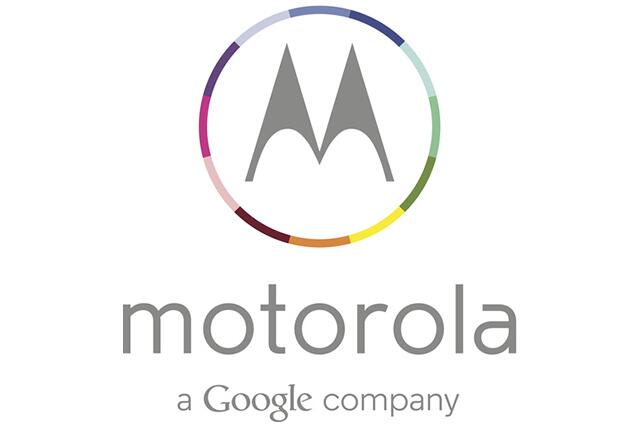
This post is another point of view to this article : Did Motorola fail with the launch of the Moto X
Since Google first announced their purchase of Motorola back in August of 2011, the major reason behind the purchase has been heavily speculated to have been motivated by the 17,000 strong patent portfolio that were registered to Motorola, at the time OEMs as part of the Open Handset Alliance(OHA) were being assaulted from all sides by the likes of industry heavyweights Microsoft and Apple, with a direct confrontation between them and Google heavily expected to come to a head.
The direct confrontation has not yet come to pass, and since Google now owns the 17,000 patents, their thoughts turned to what they could do with the hulking hardware giant that they had purchased.
At the time of the announcement of the purchase, Motorola had just posted a $56 Million net loss, and this had been a trend that has continued even through to the latest earnings report, where Motorola cost Google $342 million. So even now, Motorola is not a profitable company.
After the purchase was final in May 2012, Google then sold the Motorola Home side of the business to Aris for $2.35 Billion and retained the Motorola Mobility side of the business. When the purchase was announced, Motorola Mobility had 19,000 employees, at the last Google earnings call, Motorola Mobility had 4,599 employees and even after shedding staff and streamlining processes they had still apparently lost money.
So where does this leave Motorola and what does this have to do with the Moto X? At this stage Motorola is a Google owned company, with Motorola Mobility shares ceasing trade when the sale was finalised in May 2012. Google however is listed on the New York Stock Exchange and is a publicly traded company who has to answer to their shareholders, the majority of which are US owned.
When the sale was completed, Google installed ex-Googler Dennis Woodside into the CEO position at Motorola and clearly stated that there would be a ‘Firewall’ between the companies, perhaps to appease the other members of the OHA who may take issue with the sale. Google said on many occasions since the purchase of Motorola that they have between 12-18 months worth of ‘product’ in the pipeline to clear before we would see a Google influenced device..
In the intervening time since the sale, recent releases from Motorola have been from the Droid line of products, a brand licensed and advertised by Verizon in the US. We have seen local and international releases of some of these devices in the form of the Razr line, although these mostly have been seen as more an afterthought.
And so we have waited to see what would be released from Motorola that would show off any sort of Google Influence and this phone turned out to be the Moto X.
The Moto X has been a hugely hyped product, from leaks throughout development all the way through to the announcement of the product which was by way of a national ad campaign in the US which appeared in the national newspapers. This campaign advised that the phone would be ‘designed by you’ and be made in the US.
To reel in, the spiralling losses that Motorola Mobility appears to have cost Google so far, the decision appears to have been made to launch a product – the Moto X – as a US only release. This release which features a phone that is assembled in the US, advertised in the US and focused on the US market is no surprise for a US registered and historically US focused company.
In terms of production, the Moto X offers customisation at a level which has seen products from other industries, split into various production centres around the world. The nearest example of this would be a customised Dell computer; Dell has many plants around the world where they assemble and ship the units to cut down on costs. For Motorola to assemble and ship custom phones from Texas to all countries around the world and remain profitable would be bordering on a nigh on impossibility with the cost of air-freight and logistics factored in.
As a market, Australia is relatively tiny, we have a population of just over 22 Million, the US has over 300 Million eager smartphone buyers who replace devices every two years. Their market is potentially at least 15 times the size of ours potentially. Even factoring in the European market of nearly a Billion people, it makes smart fiscal sense for a company with a floundering smartphone business to concentrate on one market, this is what Motorola and by extension Google have done.
The US has a very nationalistic and patriotic population, the US based and focused advertising campaign has been a real winner judging by the sentiments being echoed by the US tech media and this sentiment is a bonus when trying to present a company that Google may eventually look at spinning-off as a profitable company that could potentially earn them some real money.
Overall, Google is a US company, they never promised an international release of the Moto X, in fact all factors leading up to the release pointed towards a US or at least a local release of the Moto X. Motorola has promised another version of the Moto X, which will most likely be sans customisation and will also come in at a cheaper price point. Google has clearly and definitively in statements said that Motorola is ‘firewalled’ from software developments, so thinking that the Moto X is what Google thinks is what Android should be is wrong, that is what the Nexus program is for.
For Motorola to thrive and expand to the point of profitability they have chosen a US only launch. We all want to see Motorola thrive in the end and achieve the financial status of companies like Samsung and HTC which can produce a Global launch but at this stage they can’t do that, so Motorola and Google choosing a local launch for their first product ahead of a more global rollout for future products makes a heck of a lot of sense.




